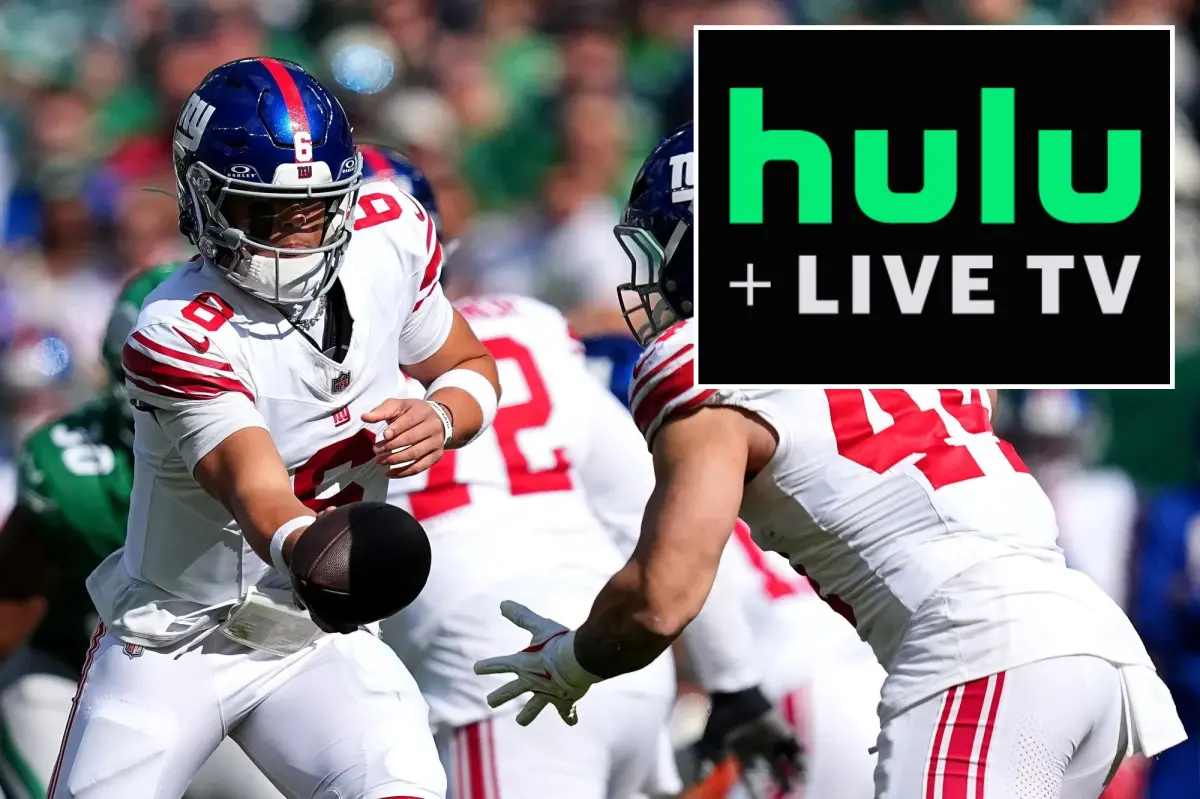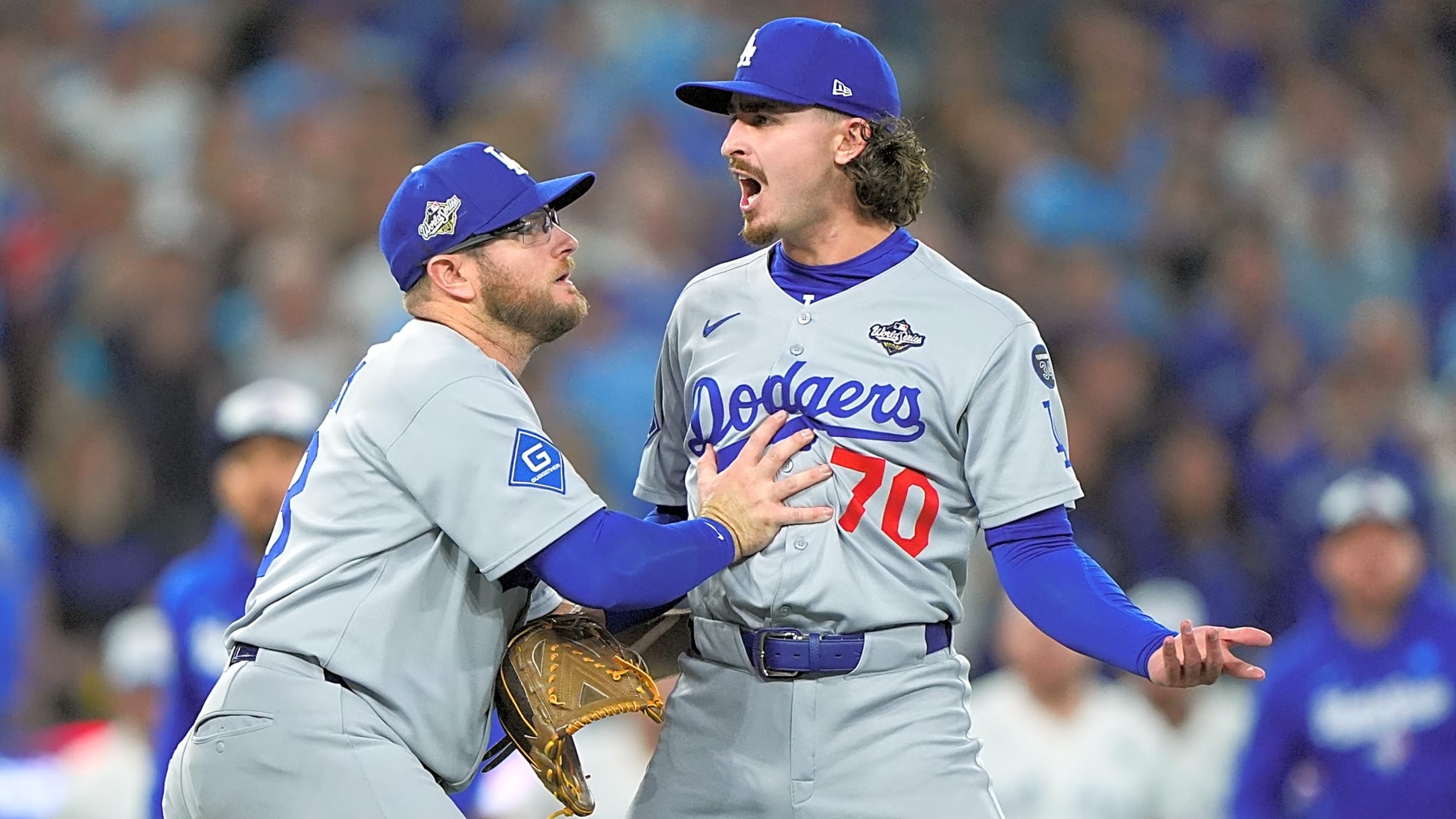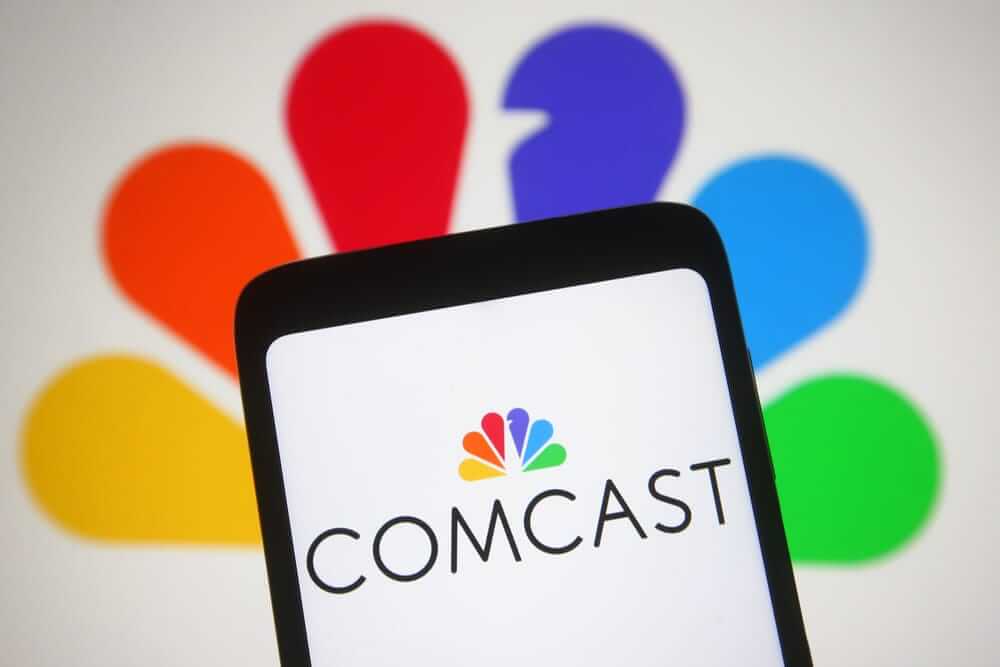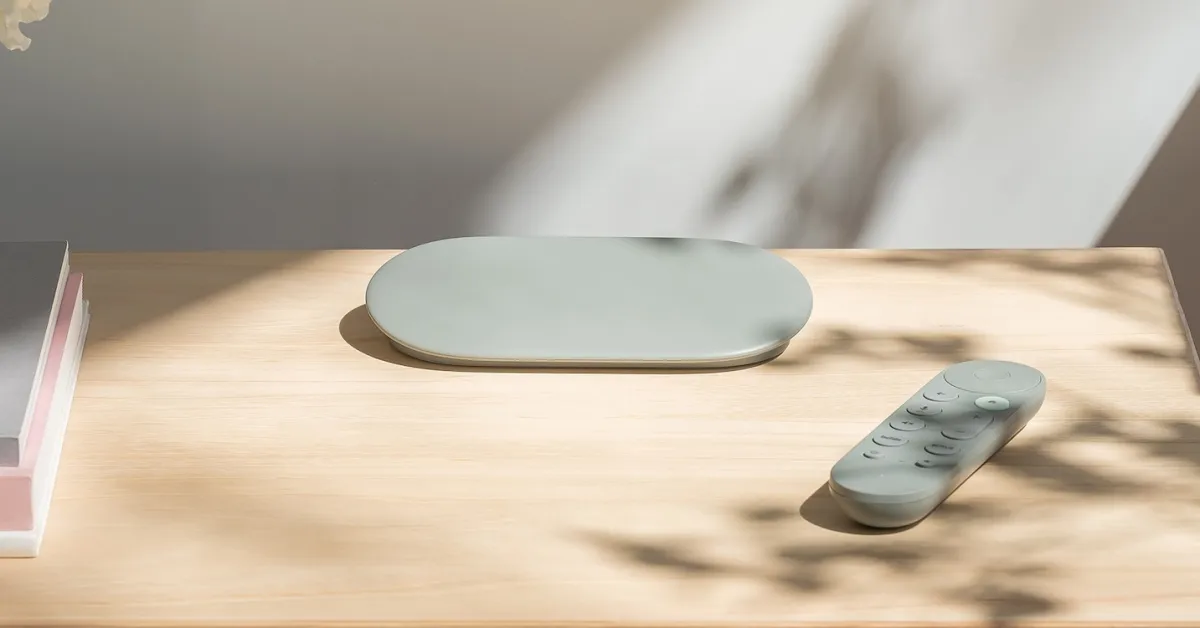Copyright Salt Lake Tribune
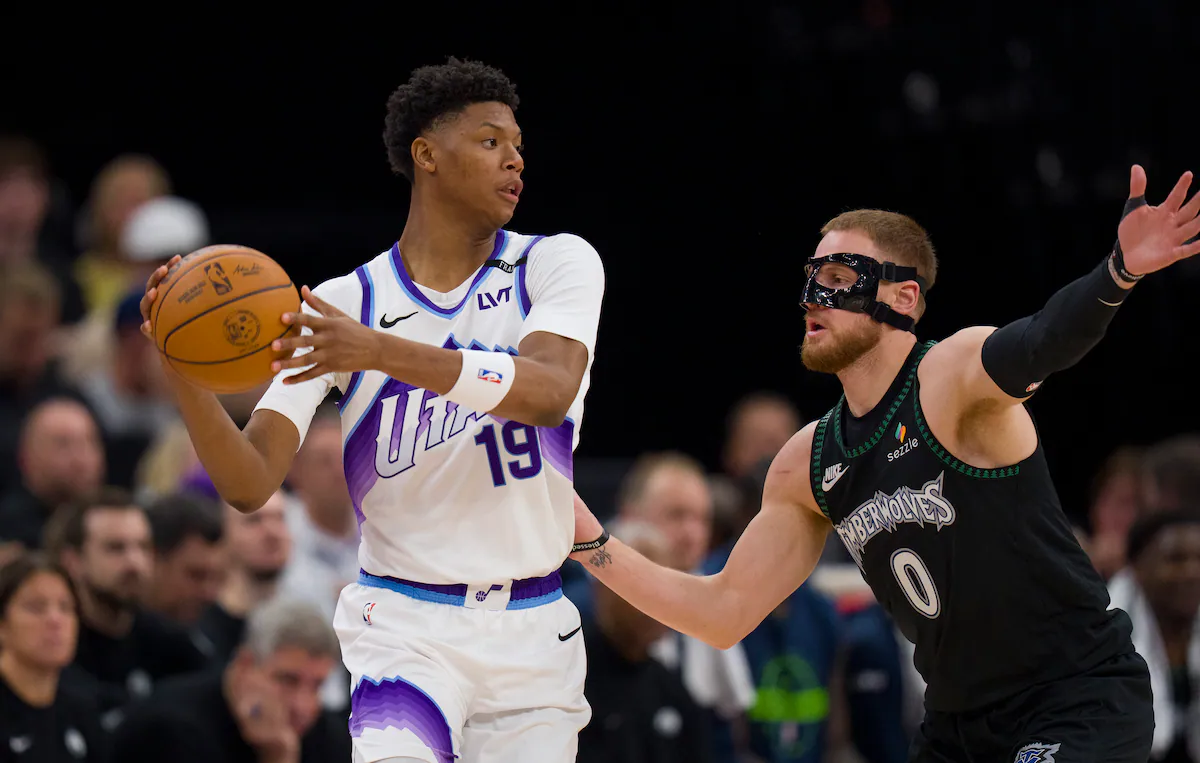
Three thoughts on the Utah Jazz’s week of basketball from Salt Lake Tribune Jazz beat writer Andy Larsen. 1. Jazz’s offense craters this week In general, my guess about the Jazz going forward this season is that they’ll be a somewhat respectable offensive team but a horrendous defensive one. After all, they finished 24th last year offensively, but 30th defensively. And now, they don’t have Walker Kessler, their only rim protector. Instead, they’ve been abysmal offensively aside from Tuesday’s win over the Pacers. In their six games before Indiana, they’d been a below-average offensive team. In four of those games, they were 11th percentile or lower, which means an almost certain loss. What’s been going on? First, they’ve shot the ball extremely poorly. In all six of the games, they’ve been under 33% from 3 — the league average is 36%. Keyonte George, despite a very good year overall, is shooting just 27% from deep. Lauri Markkanen is shooting 33%. Kyle Filipowski’s only at 30.8%. Ace Bailey’s only shooting 21% early in his career. You’d expect the ball to go in more often for all of these guys throughout the season. That being said, the Jazz are fifth-worst in the league in open 3-point shots, according to the NBA’s tracking data, so the attempts haven’t been great, either. Second, I just don’t think the Jazz have a compelling rim threat right now. Obviously, Kessler was that, but without him, the Jazz don’t have a single player that gets more than 30% of their shots at the rim — not Jusuf Nurkic, not Kevin Love, not Markkanen, nobody. Third, I think they’ve been scouted a little bit. The Jazz’s offense is so off-ball action heavy, which makes sense given their personnel. You can’t just give Markkanen and get out of the way, like you can with most stars. But now teams are hyper prepared for their actions. In this example, the Wolves switch the screen to ball-deny Filipowski and prevent Markkanen from getting to the rim. So then what? The answer is to get the ball to Walter Clayton ... but Clayton cuts middle, and Nurkic throws it out of bounds. Even if Clayton had gotten the ball going to the rim, I’m not super optimistic about how the resulting play will turn out. If the Jazz had more compelling ball-in-hand players, they could run more pick and roll ... but George and Collier were below average at that last year per Synergy, and George has been about average at it this year. Now, those of you at home have probably sussed out the culprit here: If your players are not great shooters, or great rim threats, or great pick-and-roll playmakers ... you probably need more talent on your team. The Jazz certainly do, but we knew that already. 2. Ace Bailey, fitting in I feel like the answer to “How is Ace Bailey doing?” basically depends on whether or not you’ve watched the games. Look, I’m as big a stat guy as anyone — I love analytics and the understanding they’ve brought to the game. Ace Bailey’s stats aren’t brilliant: He’s got a 5.8 PER for goodness’ sake. But while Bailey hasn’t taken the league by storm, he’s been pretty focused on just fitting in with the rest of the team. If anything, I think there have been more times when he’s slightly too passive, not taking advantage of opportunities he’s had, then forcing opportunities he hasn’t. He’s been willing to share the ball. Like, I don’t know of many prospects who spent their whole adolescence being compared to Kevin Durant who are willing to trade passes with Jusuf Nurkic. And then the rebounding has been awesome, too; he’s been the Jazz’s most effective perimeter glass-crasher. He actually ranks fourth in the NBA among non-bigs in offensive rebounds per 48. His teammates have been impressed by that, too. “He’s highly intentional. He, even at 19, fits in with us. He wants to do the right thing always,” Kevin Love said. “Ten games in, once he gets to 20, he’s gonna make another step — once he gets to 40, and once he gets a full season." Love continued, wishing he would have had Bailey’s habits in some ways. “I didn’t have the presence of mind to reach out to somebody that’s 18 years in and 37 years old — ‘Can you show me this footwork? Can you show me on film what you’re seeing?’" Love said. “I’m, like, very impressed by that.” Thanks in part to his former representation, the casual fan has seen Ace as a potential malcontent with a penchant for selfish play. It’s been the exact opposite in reality in Utah. 3. Get back to your seats! As the folks at the Smith Entertainment Group have frequently reminded me, the Delta Center has the second-most club space among NBA arenas nationally. That’s all well and good, as it allows the team to attract the wealthy and charge a lot for tickets. But all of that club space for folks to go to during halftime has led to them tending to linger in the arena’s back spaces, even as the third quarter and real NBA play begins. There have been many empty seats! There were more empty seats than full seats in the first 10 rows for the first few minutes of the third quarter for the Jazz against Minnesota, by my count. Is it any coincidence that the team got out to a 9-0 deficit in the period, playing with such minimal fan support in the closest seats? (And remember, they only lost by seven, so this run decided the game.) OK, it probably is a coincidence. But in general, I do basically believe that higher levels of cheering can lead to better home-court advantage. A few other NBA arenas — not a majority, to be fair — put up a countdown in the arena’s concourses to clubs, alerting fans that the game is about to resume. I’ve also seen teams’ in-arena hype person or public address announcer count down the beginning of the third quarter, or give some other warning. I would like it if the Jazz did the same. Upper bowl fans tend to be better about this, to their credit. I do think that fans throughout the arena can do their part entering the third quarter to get back to their seats as quickly as possible, though. The empty chairs, and the front row fans tripping over play to sit down, is not a brilliant look. NBA halftimes are 15 minutes — plan accordingly.
